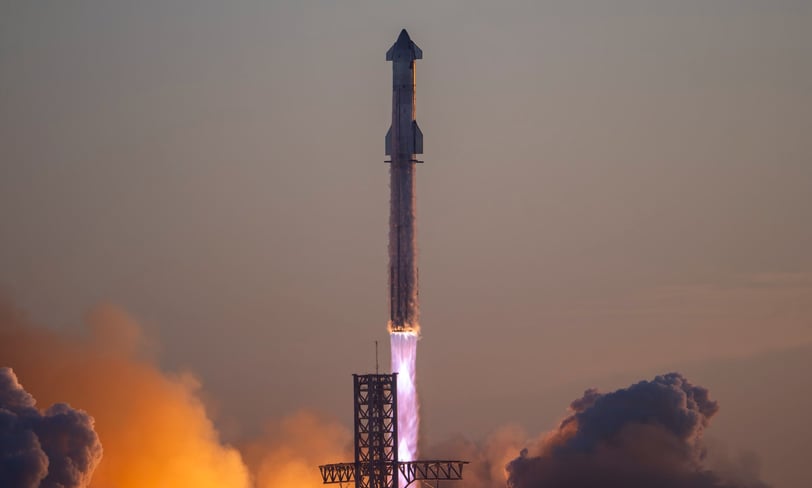SpaceX Blew Up Another Starship
Catastrophe or Success?
12/14/20232 min read


Don't get me wrong, seeing both halves of your rocket ship explode is not what most would call a success, but you need to break a few eggs to get to Mars.
While on the surface it may seem a failure; the truth is that this prototype starship, on its second flight test successfully launched with all engines firing got through maxq, and detached starship from the rocket booster.
Upon achieving many milestones, Starship flew seemingly wonderful.
In stark contrast, the Starship 1 test flight had many engine failures, a destroyed launch pad, and substantial damage from the launch.
Test one flew significantly slower and at a lower altitude than needed. Paired with a failure to separate the booster from starship. While test one did manage to get off the ground, a record breaking feat in itself, it wasn’t nearly as successful as test two.
Directly from Space X, speaking on the second test of Starship. “What we did with this second flight will provide invaluable data to continue rapidly developing Starship...and achieved a number of major milestones”.
What happened on November 18 with Test Two shined a spotlight on Space X and what they're able to accomplish in such a short amount of time.
A truly amazing improvement from Test One on April 20th to Test Two Nov 18th, outstanding.
All 33 Raptor engines on the Super Heavy Booster were successful in the startup and for the first time completed “a full duration burn during ascent”.
As noted previously, this is an amazing jump from Test One.
One of the biggest successes was the flawless separation of the Super Heavy Booster and of Starship. A first for SpaceX, spokesman stating “Starship executed a successful hot-stage separation, powering down all but three of Super Heavy’s Raptor engines and successfully igniting the six second stage Raptor engines before separating the vehicles”
While the separation and the boosters' “flip” were all a success, after a short while the Super Heavy Booster experienced a "rapid unscheduled disassembly" a term SpaceX enjoys utilizing when describing abrupt controlled explosions.
This happens when something in the test flight isn't going as it should. Instead of letting the booster fall back down to earth, likely separating into many pieces with the ability to cause damage on the ground, they blew it up.
On board both the booster and starship they have a kill-switch. A system in place that destroys the vehicle so that the pieces falling back to earth pose less of a threat to us innocent fools below.
This system also kicked in for Starship, but not before it was able to complete a number of milestones for SpaceX and space flight.
“Starship's six second stage Raptor engines all started successfully and powered the vehicle to an altitude of ~150 km and a velocity of ~24,000 km/h, becoming the first Starship to reach outer space and nearly completing its full-duration burn” said SpaceX on there after action report.
The telemetry data was all looking great until an unknown failure with Starship occurred which resulted in another rapid unscheduled disassembly.
Overall, SpaceX has proved themselves to be the leading edge in space exploration and continue to break ground in space.
A big shout out to the Starship team for the momentous achievement, and for all the hard work they put in to make all our goals to expand beyond earth possible.
